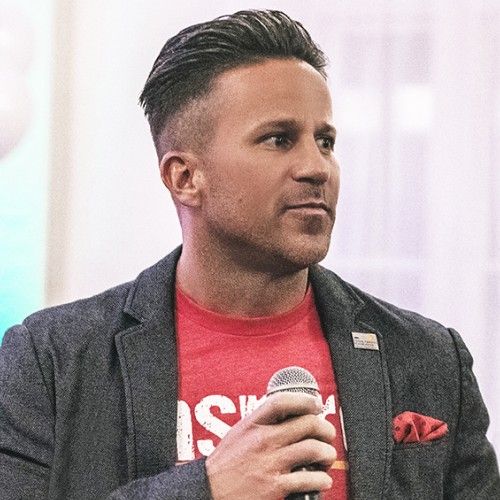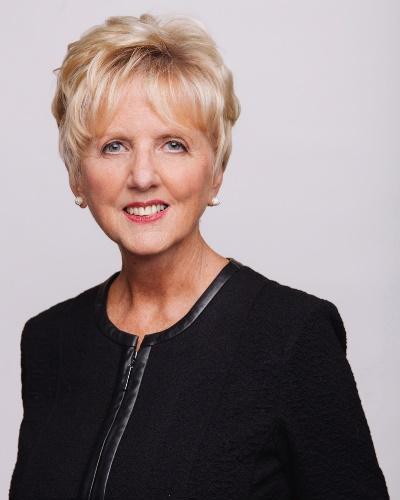Louis is a French manager working at an international clothing company. While working in the French branch of the firm, Louis has been recognized numerous times for his strong leadership and effective communication. Due to his successes, Louis got relocated to the American branch of the firm to assist with the implementation of a new clothing line. After 2 months of managing in the United States, Louis is astounded to hear from a colleague that Louis’s team members have complaints about his leadership style. While Louis was an effective leader for his French team members, his incredibly direct leadership style comes across as cold and abrasive to his American team members. To effectively manage his new team, Louis must adjust his leadership style to accommodate the new cultures represented in his team.
Louis, like many managers of multicultural teams, relied on his home country’s culture and management styles when working with individuals from different cultures. While this management style may be effective in one's home country, it's crucial that managers adapt to the cultures within their teams. Whether relocating to another country or managing a cross-cultural team in one's home country, these are some strategies to leverage to effectively lead a multi-cultural team.
- Increase Cultural Intelligence
When leading a cross-cultural team or managing in a foreign country, it’s important to conduct research about the other culture(s) to develop a deeper understanding. Cultures may vary drastically in their communication styles, views on hierarchy, methods of handling conflict, and other critical interpersonal aspects. Learning about these variances will allow managers to better understand how their team members think about and perceive the world.
There are various cultural frameworks that provide detailed breakdowns of differences between cultures that can enhance management effectiveness. Trumpenaars, Hofstede, and GlobeSmart are a few of the many existing frameworks that outline key cultural differences. Each framework has different dimensions that are used to evaluate cultures. Breaking down the different dimensions to understand them and thinking holistically about the differences in cultures will build a strong foundation for managing a cross-cultural team.
2. Acknowledge Cultural Differences
After researching different cultures to learn more about them, collaborate with the team to further understand critical cultural differences. While it may seem uncomfortable, encouraging open communication about cultural differences will take away some of the guesswork of trying to navigate a multicultural setting. Asking questions and learning about other cultures outside of the work environment will create an open space that embraces the variety of cultures.
While conducting research on other cultures creates a solid background of different cultures, recognize that learning from the team members is the best way to truly understand a culture. Furthermore, each person is different and may not entirely fit into the norms of their culture. Being curious and creating time to discuss these differences will demonstrate a desire to learn and grow together.
3. Establish Team Norms
Once cultural differences have been identified and discussed, establishing team norms will allow for improved workplace performance. Collaborate with the entire team when building these norms. Forming these norms as a group increases group buy-in and ensures all team members feel committed to the team norms.
Consider the variances in cultures and how they may shape the team norms. Some cultures tend to be extremely rigid with deadlines, while others have more flexible timing. Cultural differences in hierarchy may mean that some team members will seek more frequent approval from management while others may operate more autonomously. Make sure to establish clear norm expectations that take into consideration these different ways of working.
4. Overcommunicate
Within a cross-cultural team, overcommunicating can be a key to success. While it may seem redundant to constantly check in with team members, ensuring frequent communication will make sure everyone is on the same page. Especially at the beginning of team formation, prioritizing communication will prevent team members from making their own assumptions.
Cross-cultural teams may be comprised of individuals who have different first languages. It can be difficult to communicate when there is a language barrier within a team, so simplifying communication can prevent interpretation issues. While using less complex words and slowing down communication can make sure everyone understands what is being said, actively make sure to avoid foreigner talk. Foreigner talk is characterized by using slower and louder speech, which can be offensive to non-native speakers.
5. Avoid Assumptions
While it’s natural to have a perception of different cultures, actively make sure it avoid assumptions about individuals based on their cultural identity. Furthermore, avoid assuming that everyone on the team is in agreement or has a shared understanding. Cultures vary on how people indicate they agree with something, so assuming that everyone is on the same page simply because there is no vocal disagreement is not a reliable strategy. Leveraging strong communication and feedback mechanisms will help to avoid making incorrect assumptions.
Another assumption that is often made in cross-cultural settings is based on language ability. When someone is more fluent in a language, they are often perceived as more capable than individuals who are less fluent. Make sure to avoid making assumptions of cognitive ability solely based on language skill as the team may over or underestimate team member abilities.
Incorporating these strategies can be challenging, as there are many dynamics involved in culture. Recognize that it takes time to adjust management styles and its a constantly evolving process. To gain insights on effective strategies for managing a cross-cultural team, leverage performance management software. Managers may also find it helpful to discuss challenges with peer mentors to learn about the strategies they found most effective when dealing with similar challenges.
Through the use of these 5 strategies, Louis was able to adjust his management style to fit the needs of his new team. Recognizing that Americans have a strong preference for less direct criticism and a stronger sense of team camaraderie, Louis implemented more team bonding activities and conversational feedback mechanisms. After shifting his management style, Louis saw a positive change in his team's productivity and was able to better support his team.




































































